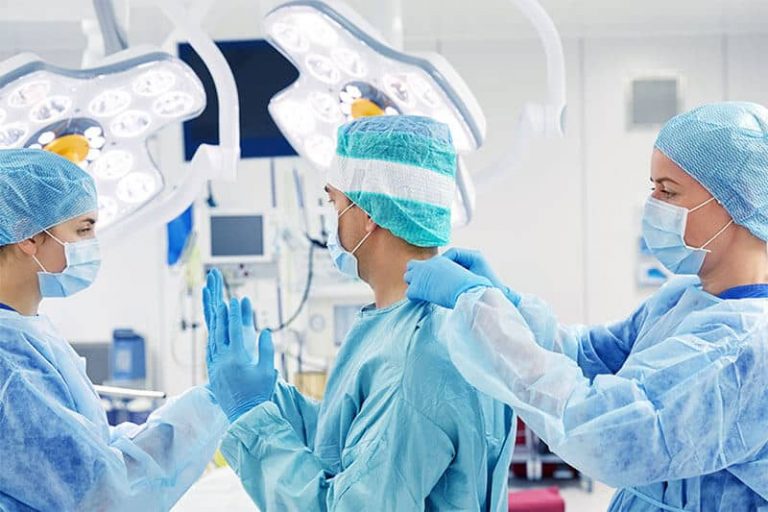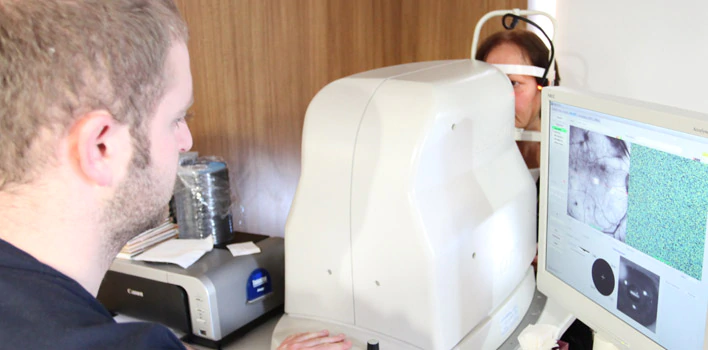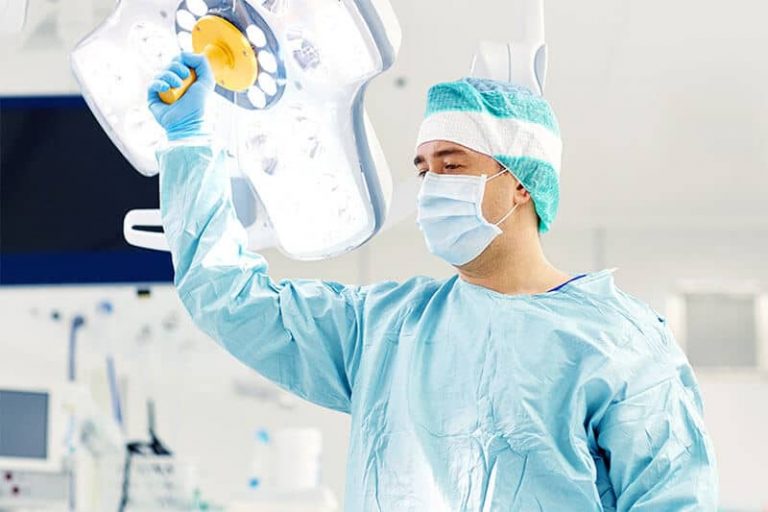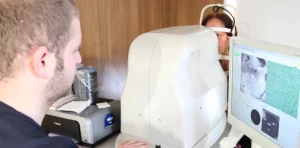Glaucoma
Glaucoma is a disease which surfaces as a result of the increased eye pressure causing damage to the visual nerves. As in general the patient has no complaints in the initial stages of the illness the visual nerve is worn over time, and by the time the patient has come to realise this, it can be past the stage where it can be repaired. Therefore, how important early diagnosis is in glaucoma is very evident, and early diagnosis requires examinations and inspections of the visual field by the required persons.
Types of Glaucoma
Glaucoma is generally examined under 4 separate groups:
1. Primary chronic open perspective glaucoma (glaucoma with insidious progress)
2. Perspective closure glaucoma
3. Secondary glaucoma
4. Congenital glaucoma
Glaucoma Diagnosis
The ophthalmologist will measure the eye pressure during the eye examination and assess the visual nerve. An eye pressure of between 10-20 mmHg is accepted as being normal.
Values of 20 mmHG and higher are considered as being suspicious cases in respect of glaucoma. Following the determination of high eye pressure, if damage is also detected to the visual nerve as a result of the examination of the visual field, this will be considered as glaucoma. Each eye may respond differently to eye pressure. Eye pressure values which are above normal will not cause wearing in the visual nerve of some eyes, and the patient will be monitored only in respect of suspicions of glaucoma or ocular hypertension. Damage to the visual nerve is revealed via a computerised examination of the visual field.
On the other hand, damage to vision can also be detected in patients whose eye pressure is at normal values, and this is known as glaucoma at normal levels of pressure. As a result, as it cannot be determined what pressure will lead to damage in who, eye pressure is a personal factor, and should be assessed as such.
Treatment and Diagnosis of Glaucoma
When glaucoma is diagnosed it should be treated as a disease which will continue throughout the life of the patient. Unless there is an emergency, the initial treatment of glaucoma performed using eye drops. Eye medication either reduces the production of liquids or increases their ejection from the body, thus lowering eye pressure. Controls are required every 3 to 6 months, and examinations of the visual field are required every 6 to 12 months. Should the damage to vision increase despite medicinal treatment, additional medicinal treatment will also be started. If this also fails to produce sufficient results, surgery will be implemented in order to increase drainage. Where required, medicinal treatment will be started again following surgery.
Do not forget! Glaucoma and you
– Glaucoma treatment is a treatment to be conducted together by both your doctor and you.
– Do not forget! This is your vision, and it is your responsibility to ensure it continues.
– You must not stop or alter your medicinal treatment without consulting your doctor.
– Regular eye examinations and tests are necessary to catch any changes related to glaucoma in a timely manner.
Surgical Treatment
• Trabeculectomy.
• Mini express shunts (combined)












